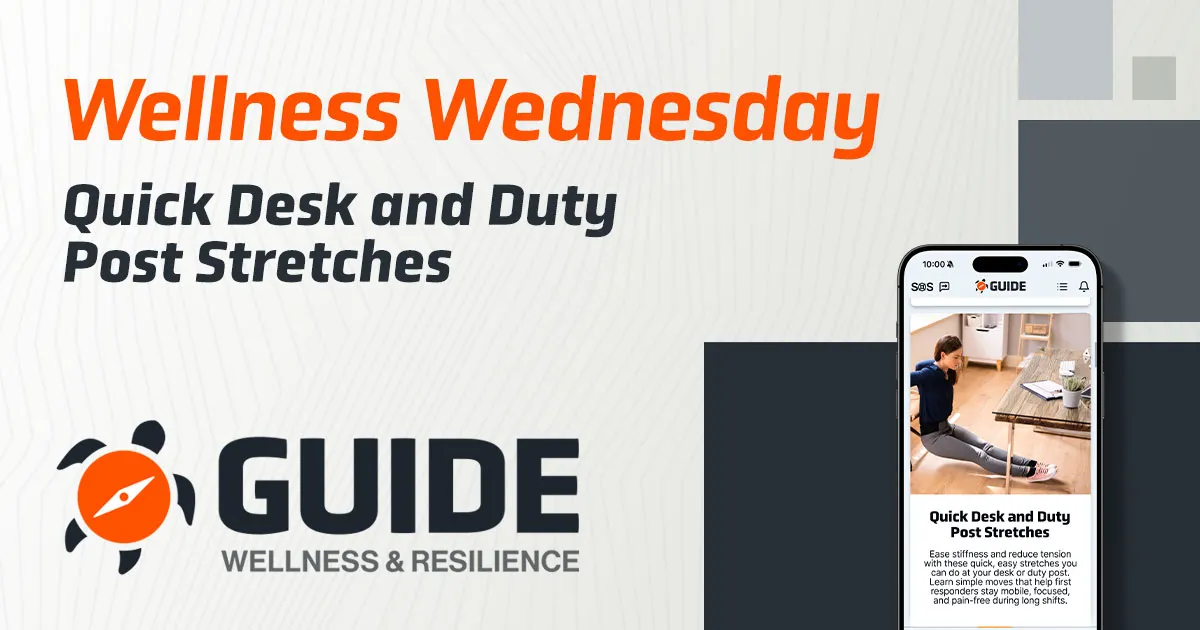In our digital age, many of us spend hours each day staring at screens—be it computers, smartphones, or tablets. This prolonged screen time can lead to a common issue known as eye strain, or asthenopia. Eye strain can cause discomfort and affect our productivity and overall well-being. Understanding the causes, symptoms, and preventive measures is essential to maintaining healthy vision.
What is Eye Strain?
Eye strain occurs when your eyes get tired from intense use, such as driving long distances or staring at screens. It’s not a serious condition, but it can be uncomfortable. Symptoms often include:
- Sore, tired, burning, or itching eyes
- Blurred or double vision
- Headaches
- Increased sensitivity to light
- Difficulty concentrating
- Dry or watery eyes
These symptoms can be exacerbated by poor lighting, glare on a screen, improper viewing distances, or uncorrected vision problems.
Causes of Eye Strain
Several factors contribute to eye strain, especially in our technology-driven world:
- Prolonged Screen Time: Staring at digital screens for extended periods forces your eyes to work harder. The contrast, flicker, and glare from screens can strain your eyes.
- Improper Lighting: Working in overly bright or dim environments can cause your eyes to strain as they adjust to the lighting conditions.
- Poor Posture: Sitting too close or too far from your screen, or at an awkward angle, can lead to eye discomfort.
- Uncorrected Vision Problems: Not wearing prescribed glasses or contact lenses can make your eyes work harder, leading to strain.
- Reading Without Breaks: Continuous reading without resting your eyes can cause fatigue.
Preventing Eye Strain
Fortunately, there are several strategies to reduce and prevent eye strain:
- Follow the 20-20-20 Rule: Every 20 minutes, look at something 20 feet away for at least 20 seconds. This gives your eyes a chance to refocus and relax.
- Adjust Your Screen Settings:
- Brightness: Match your screen brightness to the lighting around you.
- Contrast: Increase contrast to reduce eye strain.
- Text Size: Adjust text size for comfortable reading.
- Ensure Proper Lighting: Use ambient lighting that reduces glare and shadows. Position your screen to avoid reflections from windows or overhead lights.
- Maintain Good Posture: Sit with your feet flat on the floor, and position your screen about an arm’s length away, with the top of the screen at or just below eye level.
- Use Artificial Tears: If you experience dry eyes, over-the-counter artificial tears can help keep your eyes moist.
- Wear Computer Glasses: Specially designed glasses can reduce glare and increase contrast, making it easier to look at screens for extended periods.
- Take Regular Breaks: Stand up, move around, and stretch to reduce muscle fatigue and eye strain.
- Blink More Often: Blinking helps moisten your eyes, reducing dryness and irritation.
When to See a Professional
If you continue to experience eye strain despite taking preventive measures, it may be time to consult an eye care professional. They can check for underlying issues such as uncorrected vision problems or other eye conditions.
Eye strain is a common issue in our screen-centric world, but with mindful practices and adjustments, you can reduce discomfort and protect your vision. Remember to take regular breaks, adjust your environment, and listen to your body’s signals. Your eyes are invaluable—take care of them!




